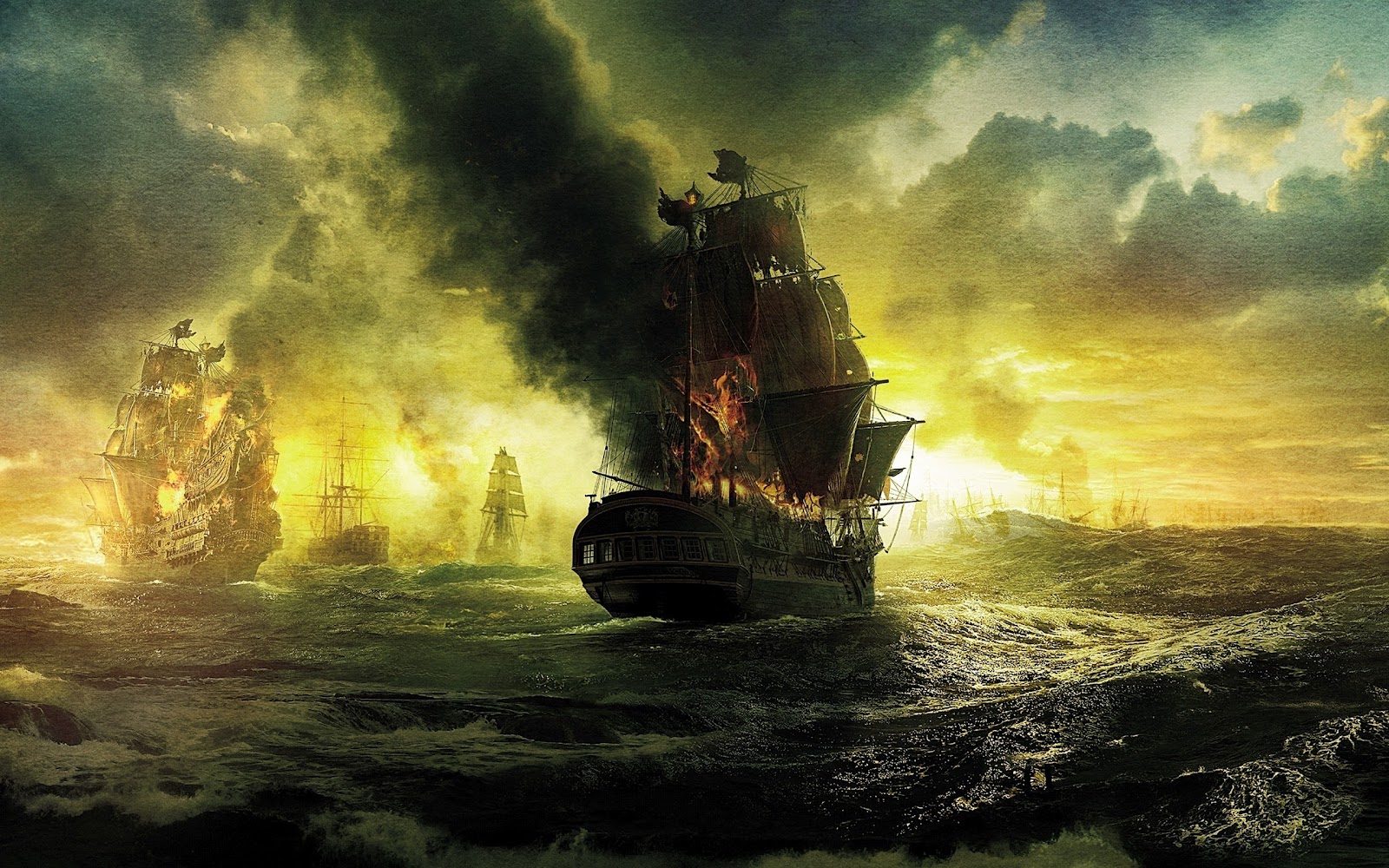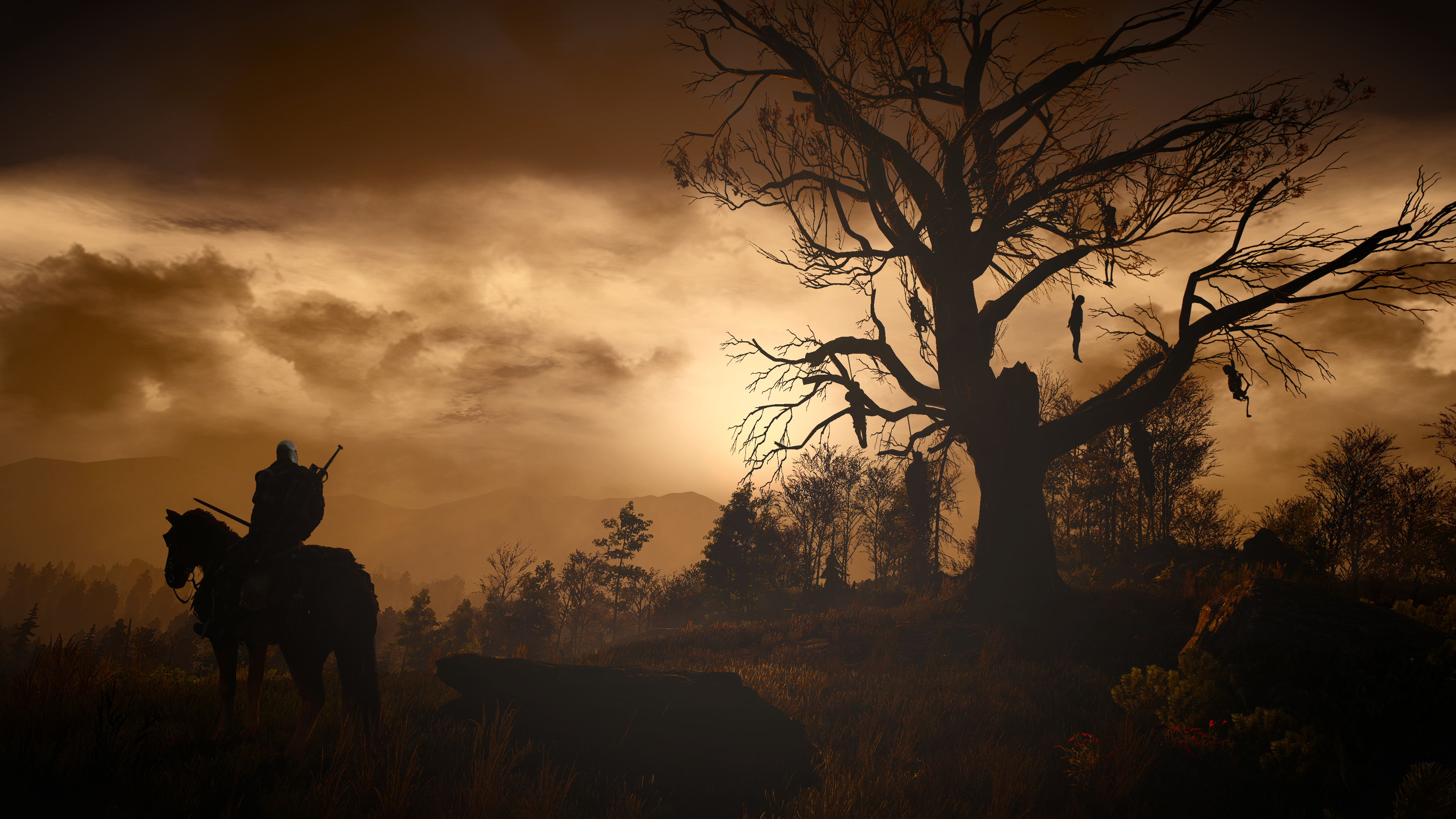Het Nederlandse kabinet heeft besloten om excuses aan te bieden voor het slavernijverleden en een fonds op te zetten voor de bevordering van de bewustwording van dit verleden. Goede zet, denk ik. Je ziet onmiddelijk bepaalde gelederen krampachtig dezelfde argumenten van ‘t stal halen; je kunt geen excuses aanbieden voor iets waar je zelf niet voor verantwoordelijk bent.
Onzin, natuurlijk kan dat wel. Je kunt namelijk spijt hebben voor iets wat een ander is aangedaan waar je zelf geen hand in had. “Het spijt me dat dit je is overkomen,” heeft iedereen met een ons aan sympathie wel eens gezegd tegen een ander. En zelfs als je geen spijt hebt kun je geexcuseerd worden voor het slavernijverleden als je daar vandaag de dag nog de baten van ondervindt in welvaart.



